Al Neal, P.Ag, RFT Senior Ecosystem Restoration Specialist, Government of British Columbia, Forests Lands and Natural Resource Operations and Rural Development, Al.Neal@gov.bc.ca
Since 2011, I have been responsible for the management of FLNRORD’s provincial Ecosystem Restoration (ER) Program. I currently reside in the Columbia Valley with an office in Invermere, BC.
The provincial ER program collaboratively manages ecosystems, with the priority in the south area being the fire maintained dry forests and grasslands. The program continually looks for ways to integrate climate change science, traditional knowledge and ecosystem resiliency into its planning framework.
Working on ER within a collaborative team approach has provided a number of professional opportunities that I use to incorporate learnings back to the program. For example:
2015 Invited to China through their foreign expert program to visit, learn and provide advice on their ecosystem restoration efforts;
2016 a Temporary assignment as the Forest Enhancement Society’s first Operations Manager to assist in building the new Society’s business design and implementation;
2017 and 2018 fire seasons, I supported BCWS in a variety of operational roles as an Incident Commander, a Planner, and as a Response Officer;
2019-20 I am the co-chair of the BC Prescribed Fire Working Group.
ABSTRACT
British Columbia Ecosystem Restoration Program
In British Columbia, hundreds of thousands of hectares of our “Fire-maintained forests” are experiencing in-growth of previously open-forests and encroachment of trees onto our native grassland ecosystems, largely due to our success at preventing wildfire on our landbase. Inadvertently, his has created an increased risk of catastrophic wildfire, and a host of negative impacts on these ecosystems.
To partially mitigate these adverse effects on the crown land, in 2006 a B.C. Ministry of Forests Lands, and Natural Resource Operations (FLNRO) led, multi sector Ecosystem Restoration initiative was created. Since the inception of the ER program, approximately 60,000 ha has had some form of ER treatment applied (mechanical or prescribed fire).
In these ecological types, restoration involves applying a suite of treatments in varying combinations including; harvesting, spacing and slashing, and prescribed fire. In particular, ‘prescribed burning’ is critical to address the fuel hazard obligation that results from the spacing/slashing treatments; stimulates growth and diversity of native plants; maintains open forest and open range conditions and enhances overall forest resiliency.
This presentation will provide some of the lessons learned through this process and touch on some of the framework that has been created to support the mindful and coordinated application of prescribed fire in the province.

